Gimkit is an interactive game-based learning platform that blends education with engagement. A central feature that enables students to join live games or assignments is the Gimkit code. This unique alphanumeric code connects users to specific sessions, whether hosted by teachers or generated for self-paced kits. Understanding how to generate, use, and troubleshoot a Gimkit code is essential for maximizing learning outcomes. With more educators integrating Gimkit into classrooms and virtual learning environments, knowing how the Gimkit code system functions can boost participation, improve classroom dynamics, and enhance student motivation through gamified learning. This guide dives deep into what a Gimkit code is, how to use it efficiently, and best practices for hosting successful sessions.
What Is a Gimkit Code and How Does It Work?
A Gimkit code is a randomly generated access key created when a teacher hosts a live session. It allows students to join that specific game without the need to sign in. Each Gimkit code typically consists of a short sequence of letters or numbers and expires once the session ends. Teachers create these codes from their dashboard after selecting a kit to host. The Gimkit code ensures a secure and simplified connection between host and participant. By entering the Gimkit code at gimkit.com/play, students can join instantly without delays. This function is especially helpful in remote learning or large group settings. It keeps gameplay exclusive to invited users, maintaining class focus. Teachers also have the option to regenerate codes or end sessions early.
A single Gimkit can support dozens of users at once, making it ideal for classrooms of any size. The code system operates in real-time, offering immediate game entry. It’s also reusable if copied and sent to multiple devices. Students simply enter the Gimkit code and their name to join, bypassing lengthy account setups. This fast-tracked entry improves flow during class. The code acts as a gatekeeper, ensuring only those with access can participate. For educators, it offers a convenient way to monitor who’s entering and keeps track of team scores and progress. Overall, the Gimkit code balances accessibility with classroom control.
How to Generate and Share a Gimkit Code?
Generating a Gimkit code starts by selecting “Host” on any kit you’ve created or imported. Once selected, you’ll choose a game mode—like Classic, Team Mode, or Boss Battle. After finalizing the settings, click “Continue,” and the system will produce a unique Gimkit code. This code displays prominently on your screen and remains active as long as the game session is running. You can then share the Gimkit code through classroom projectors, email, or LMS platforms like Google Classroom or Canvas. Encourage students to go to gimkit.com/play and enter the code. It’s a fast, secure way to get everyone into the game quickly.
Always double-check that the Gimkit code is current and not expired. Sessions auto-close after a period of inactivity, which invalidates the existing code. It’s also helpful to keep the join screen open during gameplay so latecomers can see the Gimkit . Some teachers print the code or write it on a whiteboard. For virtual learning, pasting the code into Zoom or Google Meet chat is common. The code refreshes for each new game session, so reuse is limited. Teachers can also enable options like name filters or guest entry limits when generating the Gimkit code, adding another layer of classroom management.
Benefits of Using a Gimkit Code in Education
The Gimkit code streamlines the entry process, saving class time and keeping students focused on the content. No need for complicated logins or usernames—just the code and a name. This accessibility makes it inclusive for all tech skill levels. Teachers can start lessons faster, keeping momentum high. In hybrid and distance learning, the Gimkit allows synchronous participation, bridging in-person and remote students into the same session. It fosters unity in classrooms regardless of location. The simplicity of the Gimkit code reduces tech-related stress and confusion, helping students focus on learning rather than logging in.
Another key benefit of the Gimkit is session control. Teachers can limit access by closing the join window once the game begins. This prevents distractions and prank entries. The code also integrates well with real-time progress tracking, letting educators monitor which students are playing. Game reports tie back to the code session, offering insights into performance. Some game modes even include leaderboards or power-ups tied to the Gimkit code session, adding an element of motivation. Because the code is randomly generated, it provides built-in security against unwanted users. It’s an efficient, teacher-friendly way to facilitate game-based learning.
Troubleshooting Common Gimkit Code Issues
Sometimes students may enter a Gimkit code and receive an error. The most common reason is that the game session has ended or the code expired. Gimkit sessions automatically close after inactivity, or if the host manually ends the game. In this case, a new Gimkit code must be generated. Students also make typos when entering codes—remind them to check for capital letters or missed digits. If a student still can’t join, the issue could be internet connectivity or browser compatibility. Recommend using Chrome or Firefox and refreshing the page after clearing cache.
Another potential issue is using a Gimkit code for the wrong game mode. Some modes only support certain numbers of players or have custom rules that limit access. If the host changes game settings mid-session, the code may become invalid. Also, if the teacher restricts guest entries or enables a student ID login, not all students will be able to join using just the code. To prevent confusion, always test the code beforehand and provide a clear step-by-step guide. If errors persist, Gimkit’s Help Center offers real-time assistance and support documents to resolve code-related issues efficiently.
Gimkit Code Use Cases Across Learning Environments
Whether in elementary classrooms or college lecture halls, the Gimkit code has broad applications. In K-12 settings, it simplifies tech integration for young learners by providing instant access with minimal steps. Teachers can run vocabulary reviews, math drills, or science quizzes using a shared code. For secondary and higher education, it supports gamified test prep, interactive lectures, and real-time polling. It also works well for student-led review sessions where peer-to-peer learning is encouraged. The code’s versatility suits all subjects, including languages, STEM, and humanities.
In flipped classrooms, the Gimkit can activate at-home learning, letting students practice before class discussions. It’s also ideal for after-school programs or tutoring sessions, where quick access is essential. When paired with LMS tools, Gimkit codes can become part of assignment links or announcements. For professional development, staff workshops use codes to break the ice or assess retention. The adaptability of the code system helps educators of all levels create custom, gamified experiences tailored to learner needs. By embracing the Gimkit code, instructors empower students through interactivity and competition.
Gimkit Code Features Compared
| Feature | Description | Benefit |
| One-Time Use Codes | Auto-expire after game ends | Security and session control |
| Real-Time Access | Students join instantly via gimkit.com/play | Speed and ease of entry |
| Cross-Platform Support | Compatible with mobile, tablet, and desktop | Flexibility in devices |
| Custom Session Settings | Guest name filters, entry limits, and time controls | Classroom management |
| Shareable via LMS | Works with Google Classroom, Canvas, etc. | Easy distribution |
| Replay Disabled | Code changes every new session | Encourages live participation |
| Monitor Participation | Teacher sees who joins via code | Attendance tracking |
| Integrated Reports | Game data tied to session code | Performance evaluation |
Conclusion
The Gimkit code is more than just an entry pass—it’s a cornerstone of classroom engagement. Its simplicity, flexibility, and security features make it a go-to tool for teachers who value interactivity and time efficiency. From first-time users to veteran educators, mastering the use of the Gimkit code can transform how content is delivered and absorbed. With consistent updates to the platform, educators can expect even more robust features tied to the code system in the future. Whether you’re hosting a trivia session or guiding a lesson, the Gimkit makes learning collaborative and fun. Embrace this tool and watch your classroom energy level rise.

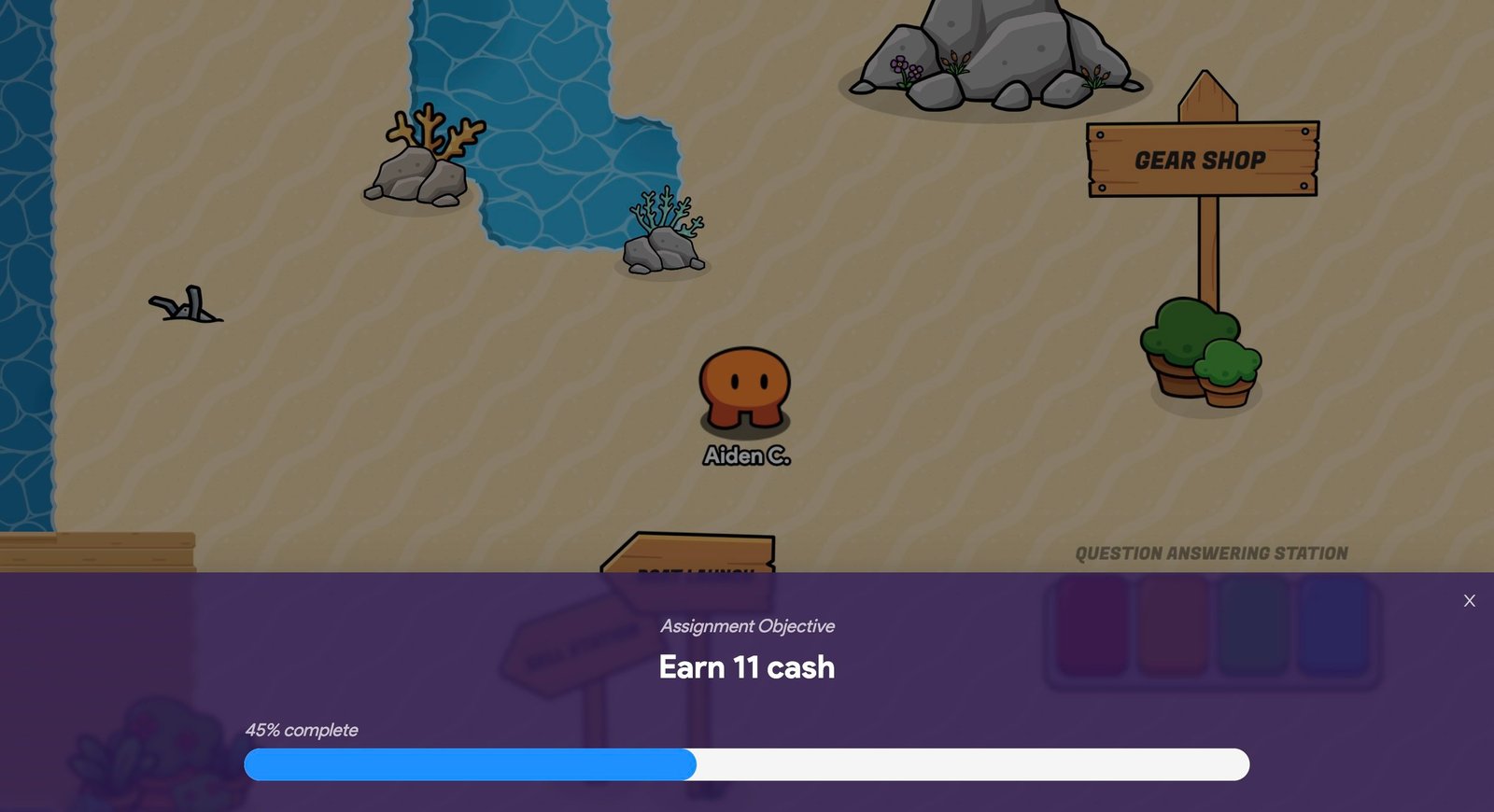

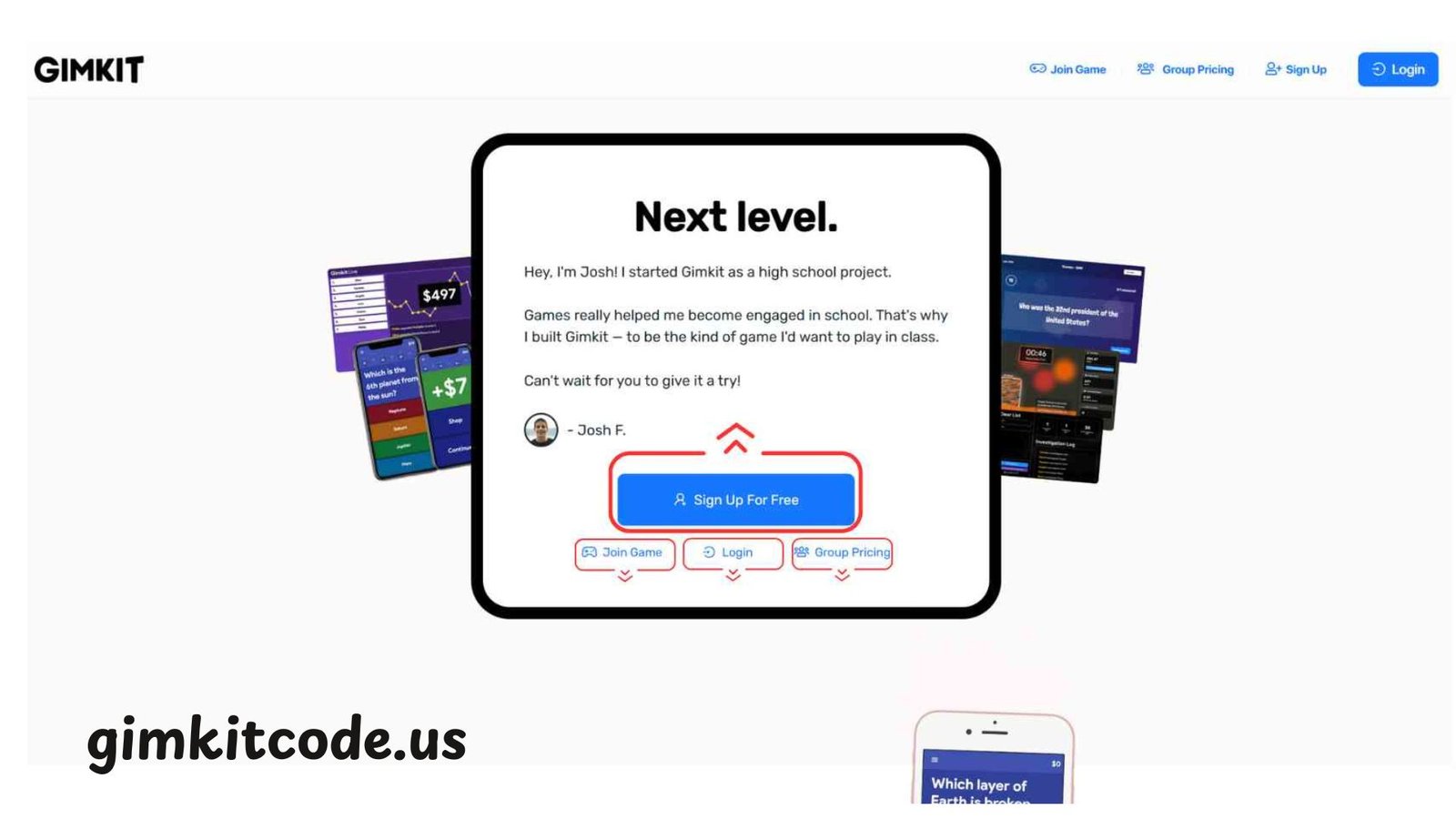
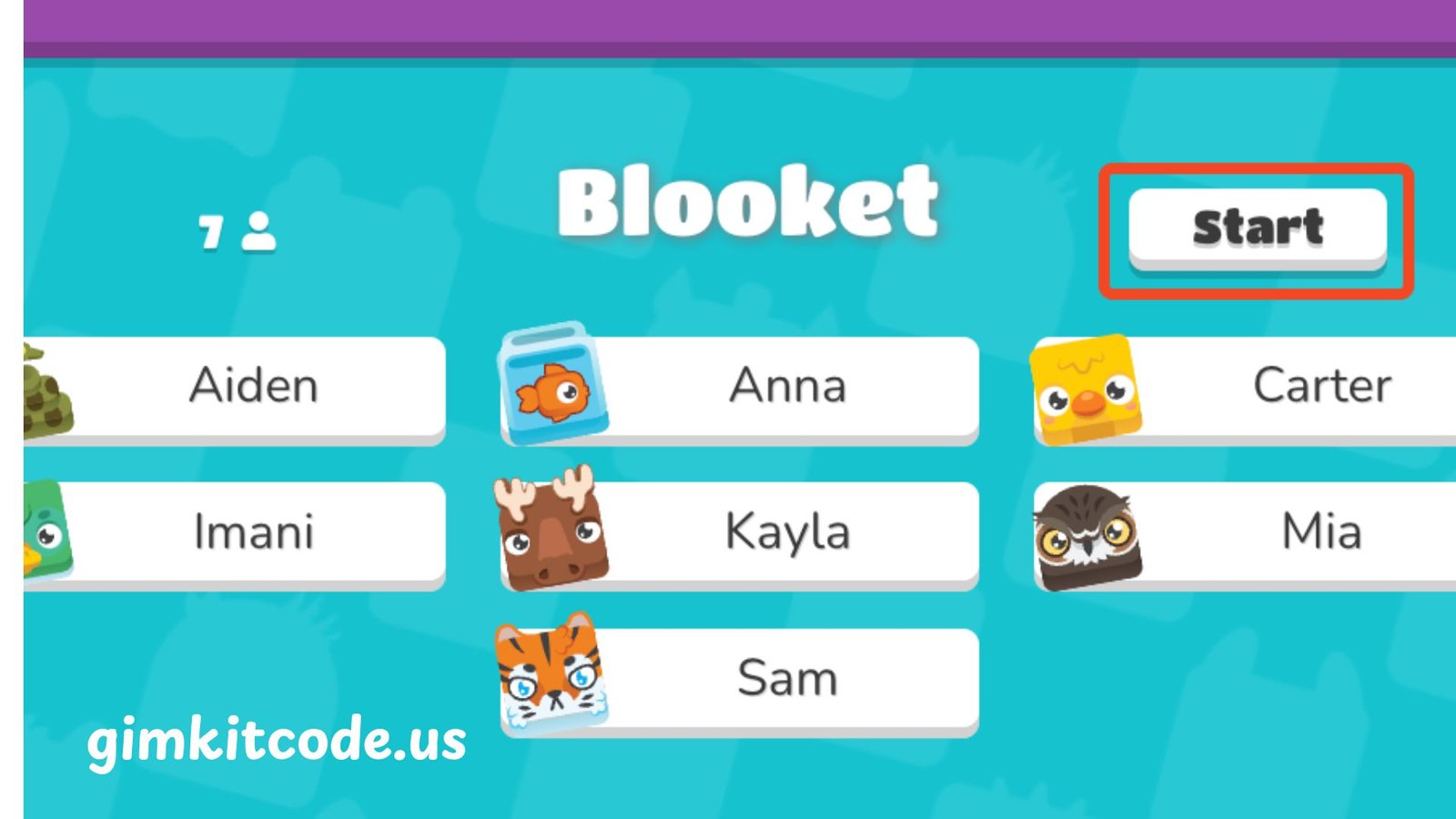
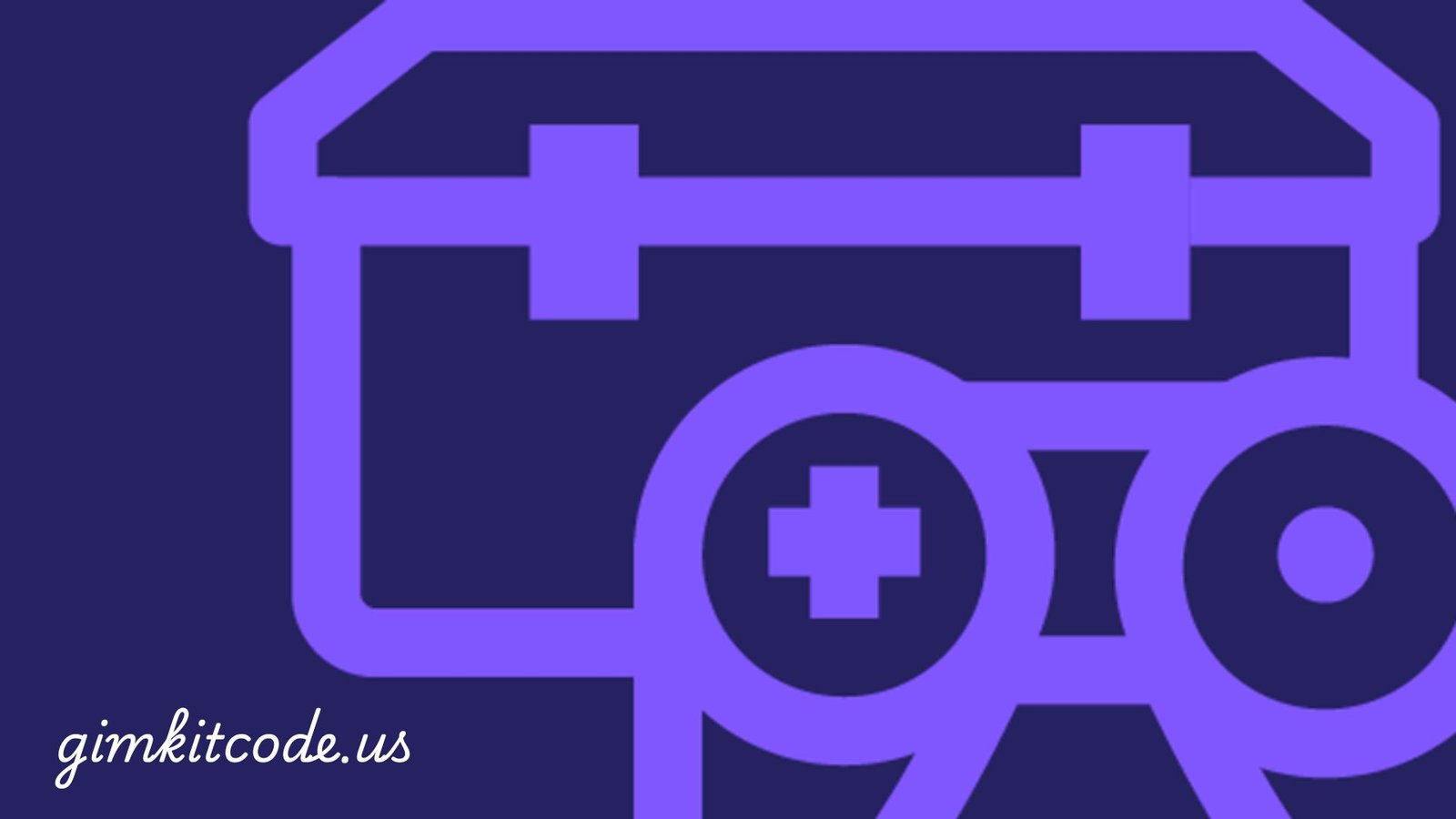
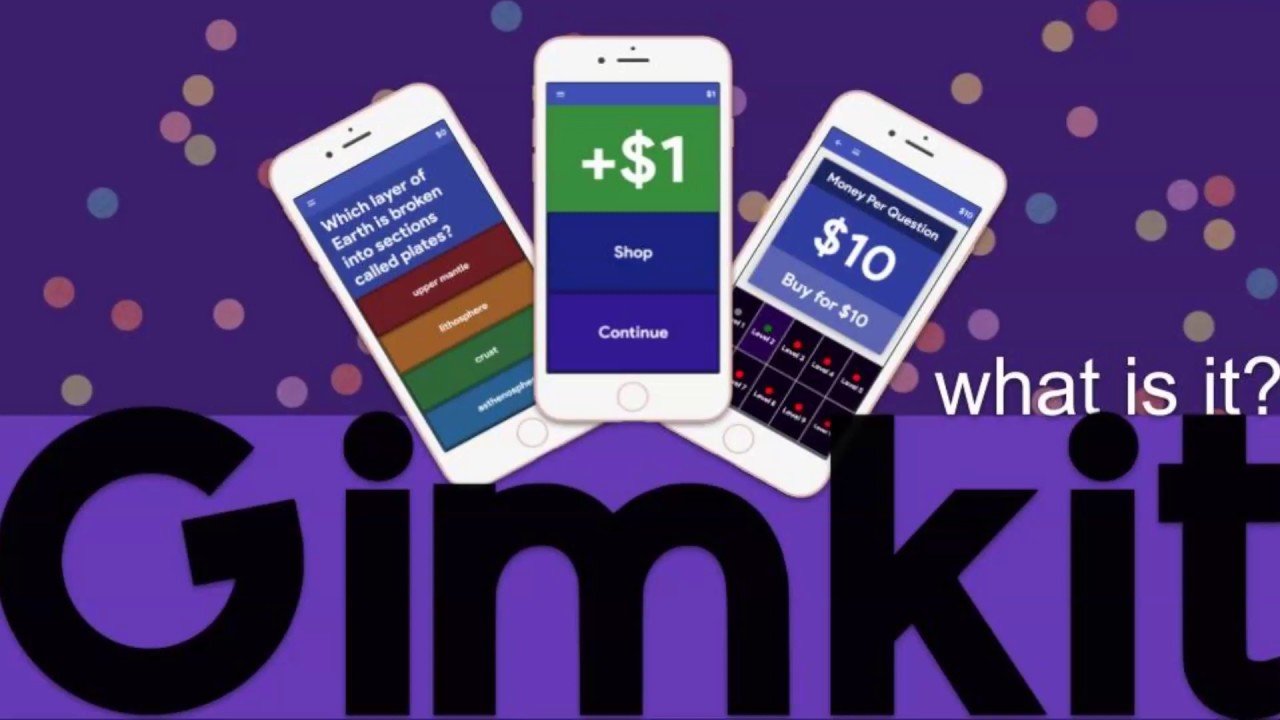
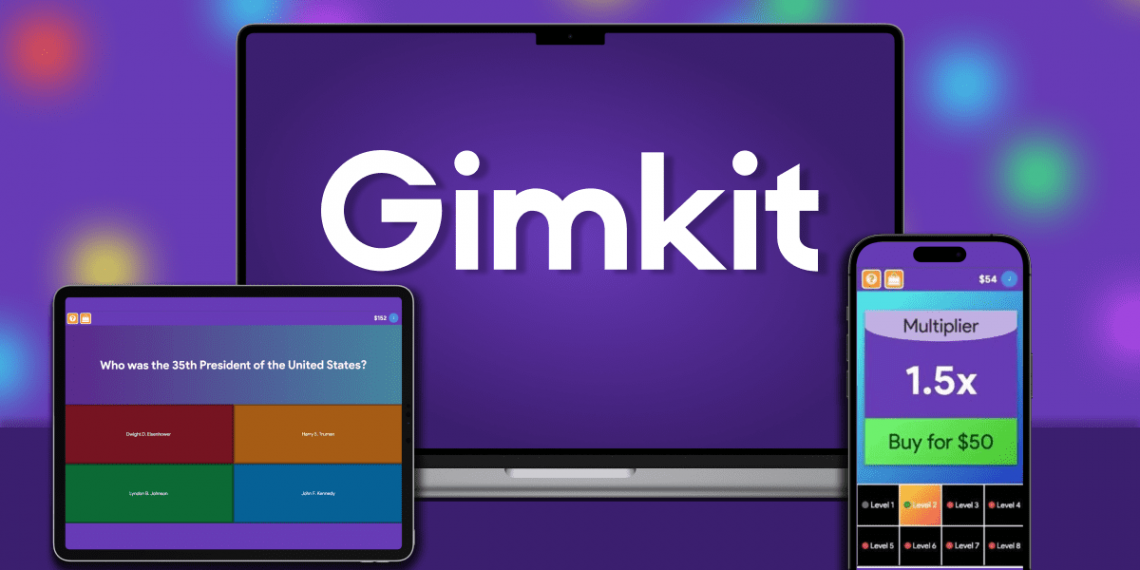





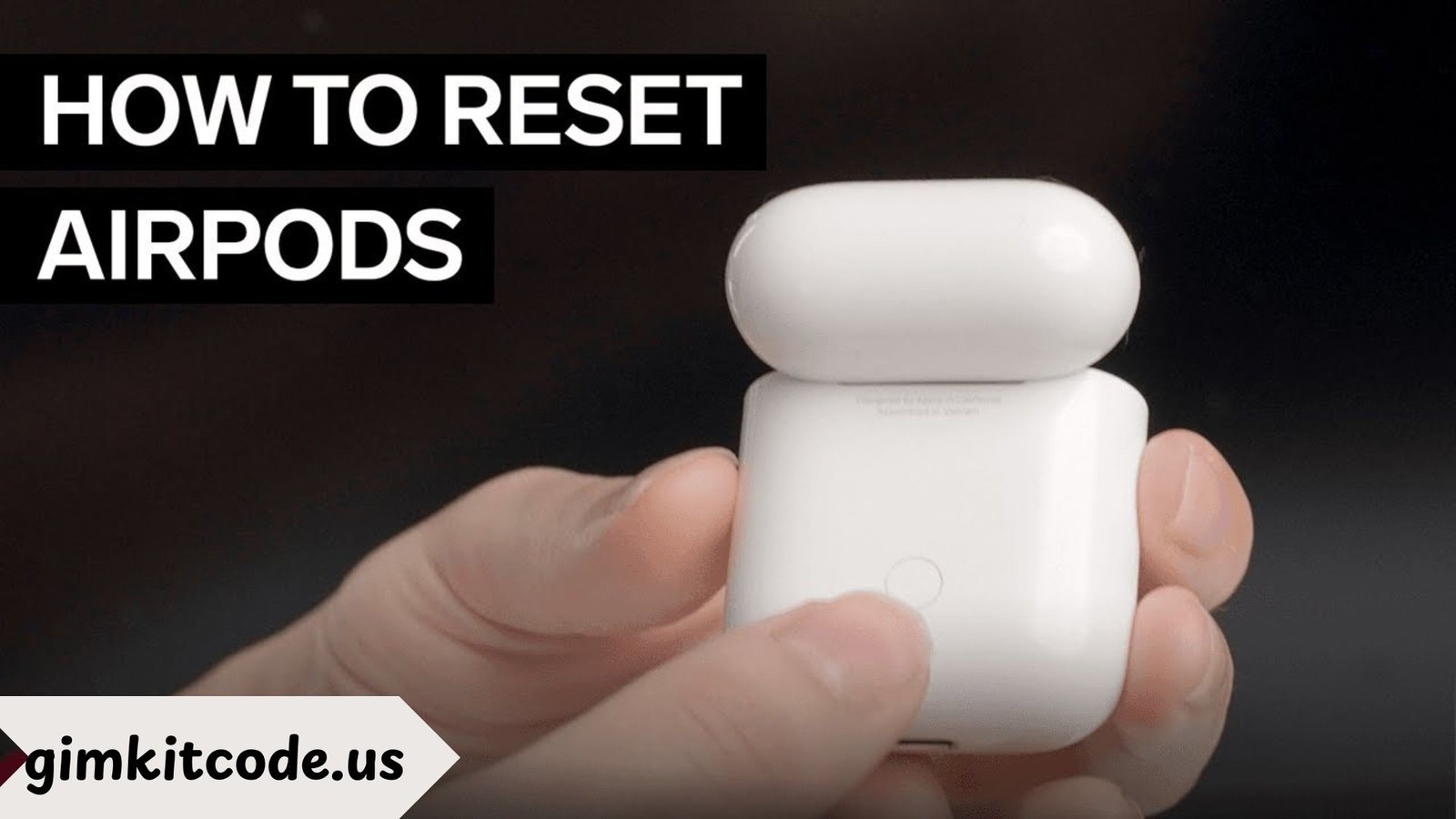

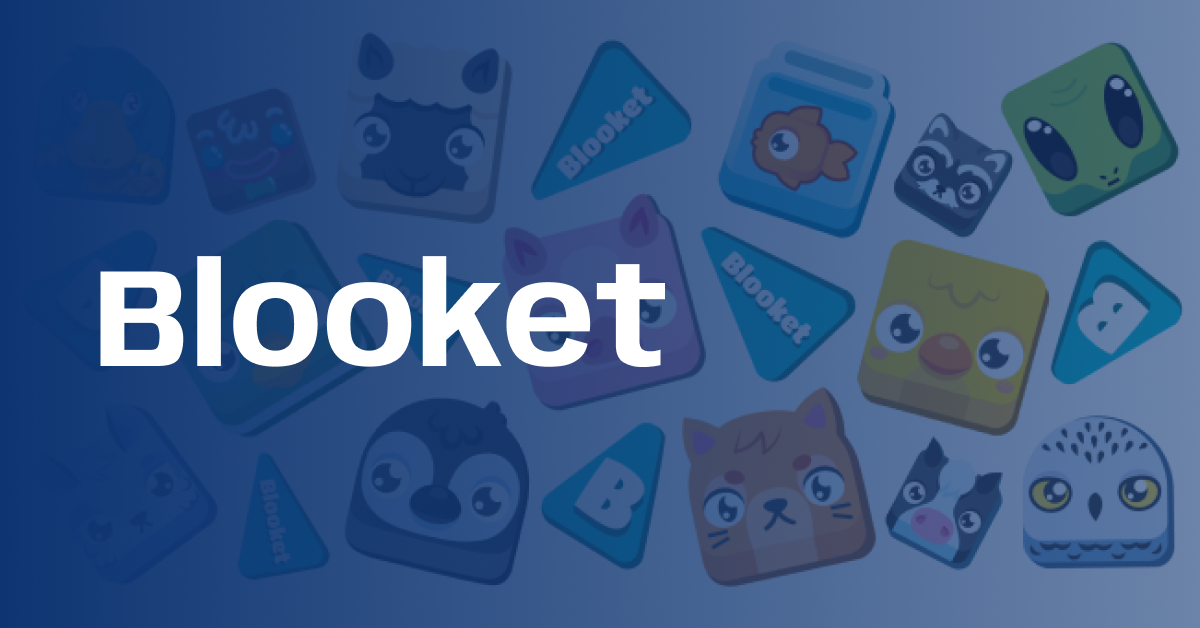
Leave a Reply